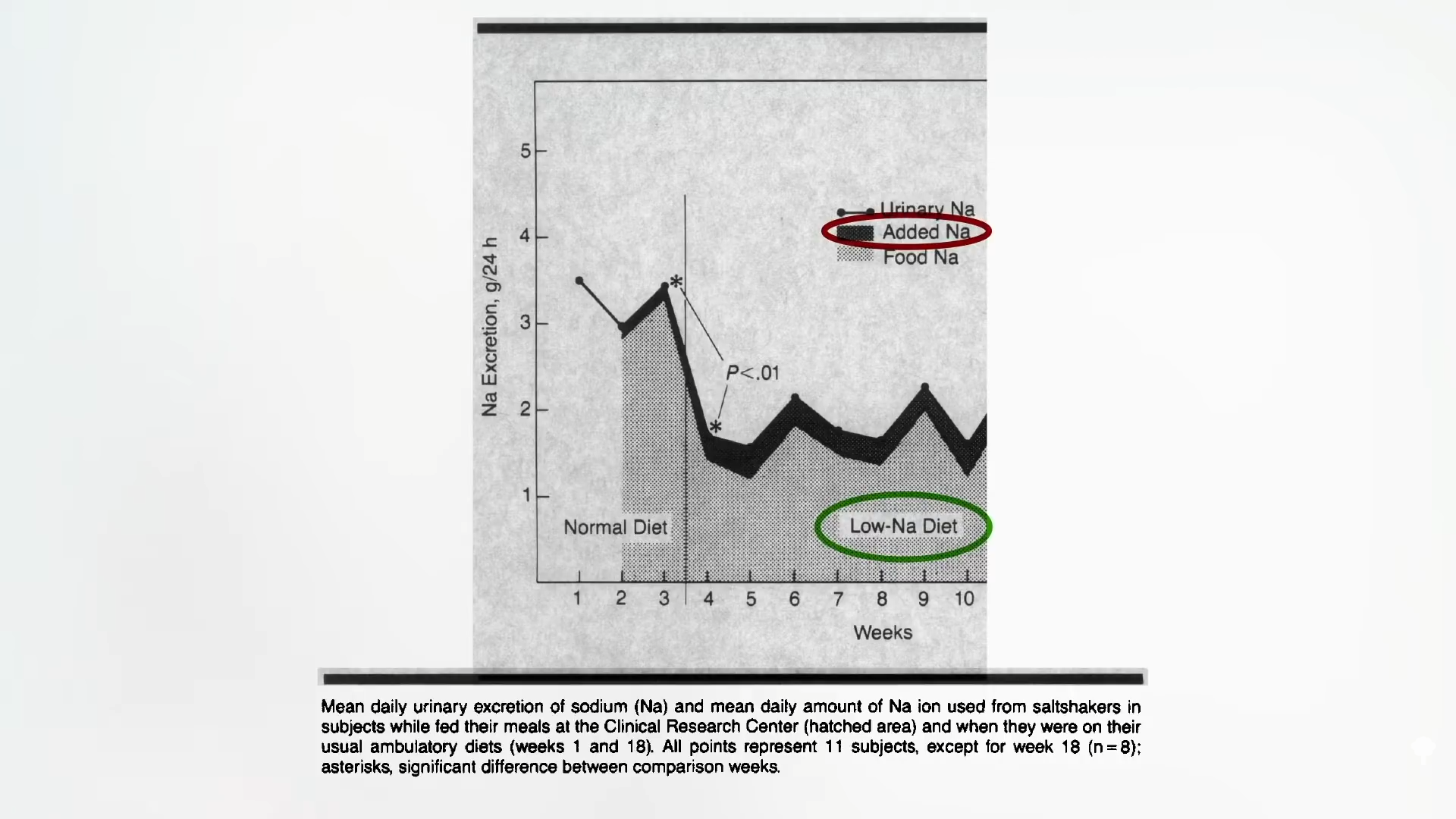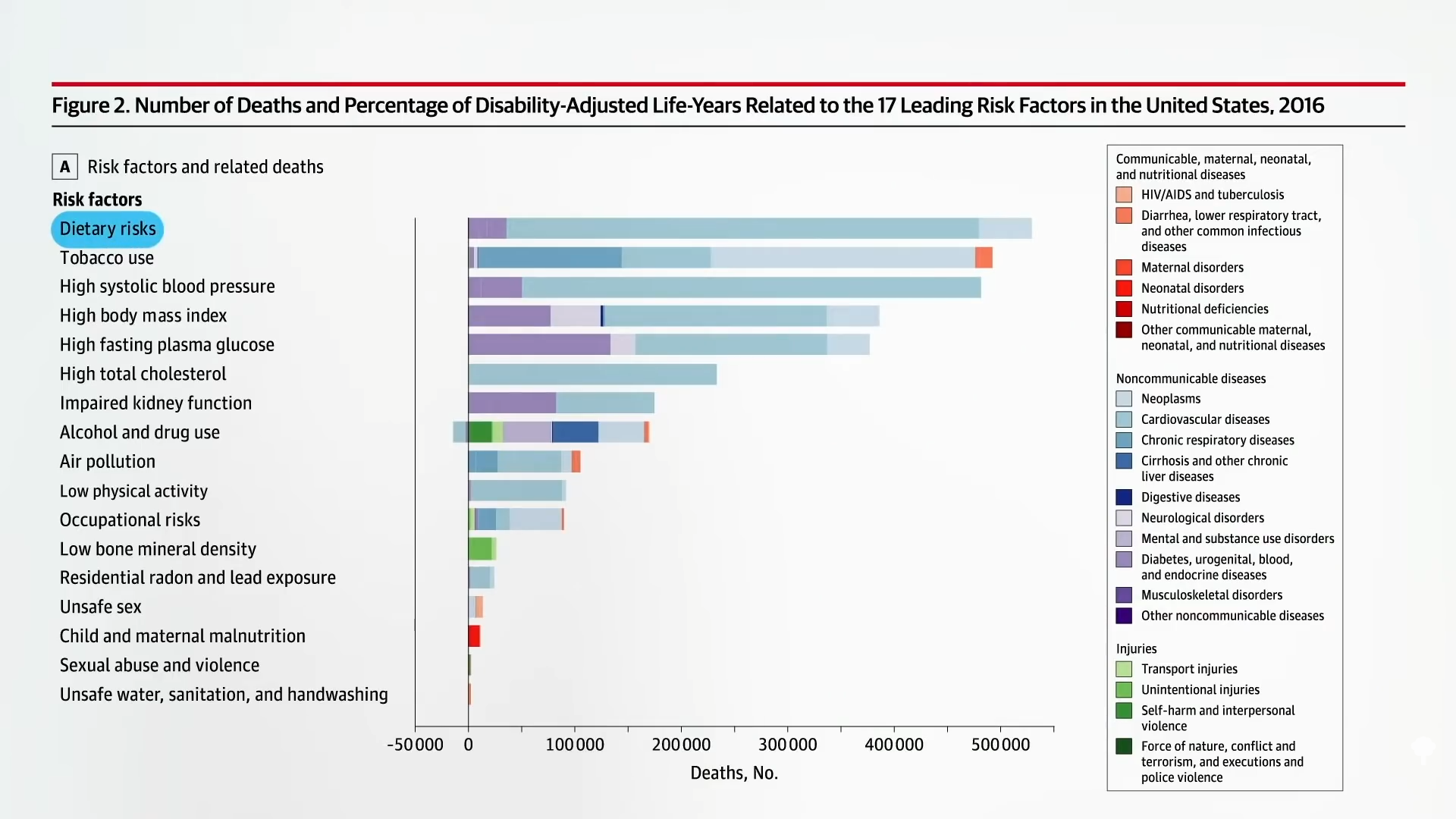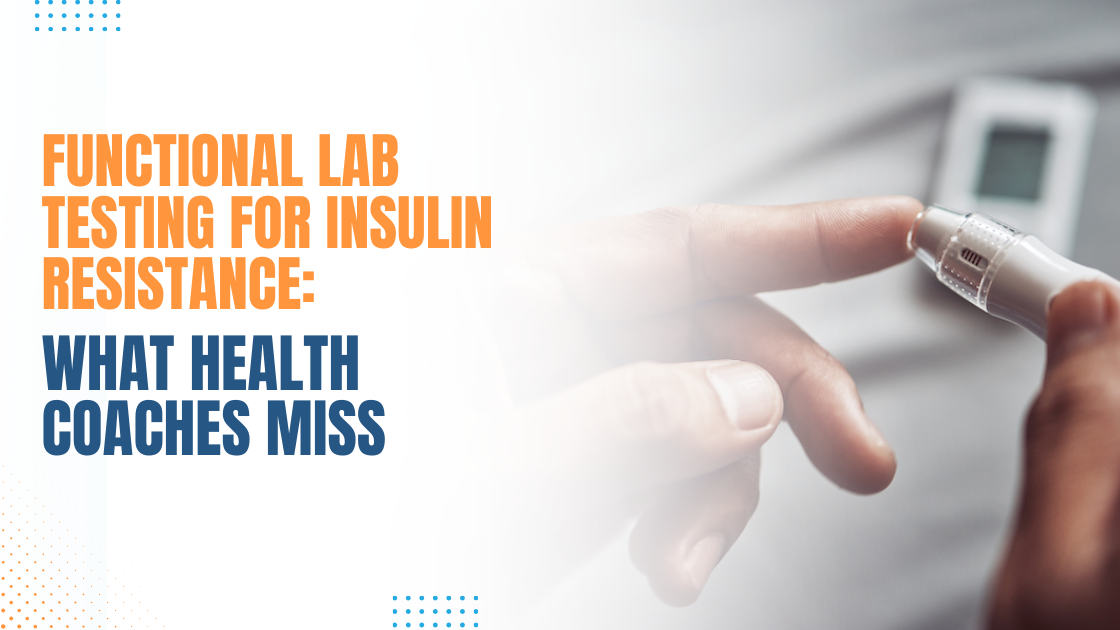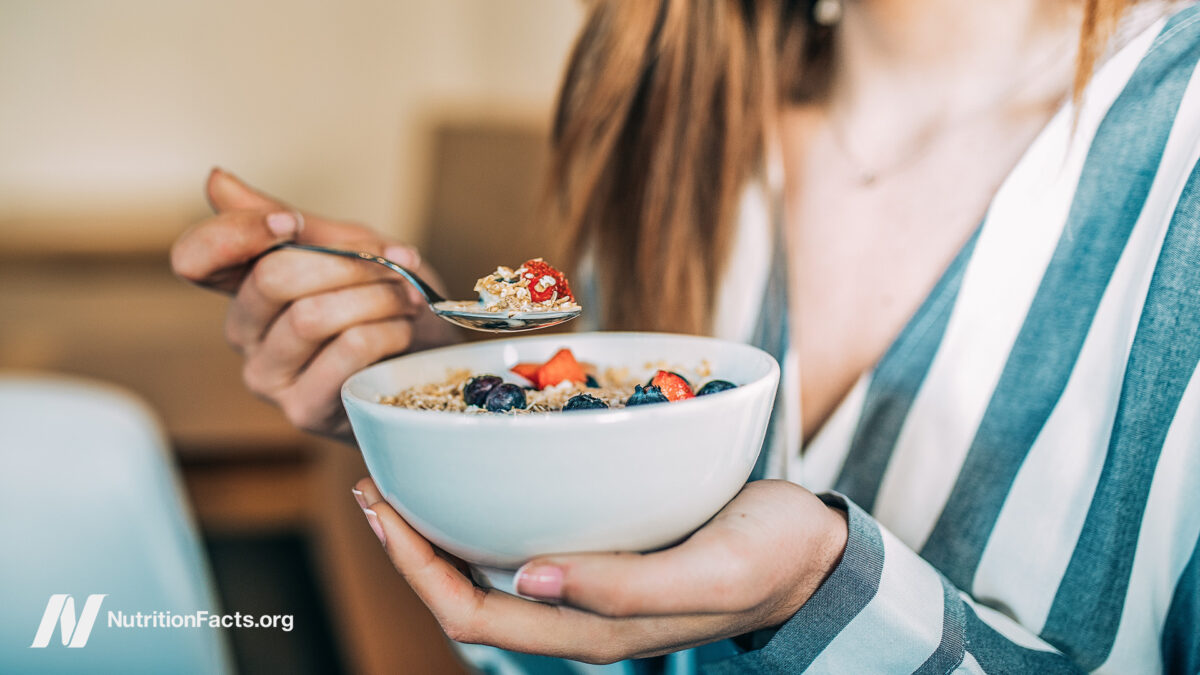What do hospitals have to say for themselves about serving meals that appear to be designed to inspire repeat business?
“Hospital food needs a revolution.” I was surprised to learn that most inpatient meals served in hospitals are “not required to meet national nutrition standards for a healthy diet.” An analysis of the nutritional value of food served to patients in teaching hospitals found that many did not meet dietary recommendations. “Warning: Hospital food bad for health,” read the headline.
A registered dietitian wrote to defend hospitals and point out how stringent the guidelines are, saying that “over half the hospitals met or exceeded more than half the guidelines….It would not take more than choosing eggs for breakfast and 2 percent milk with meals to exceed the recommended intake of cholesterol and fat…The provocative conclusions of Singer et al. only lead the media and the public to conclude that we are a bunch of dunces who have no understanding of the relation between nutrition and disease prevention.”
Well, if the white coat fits…
“We spend a fortune on training doctors, but then don’t follow through on the simplest things, like food.” “Good diet is as necessary to recovery of health as good nursing, surgery, or medicine, and it is folly to pretend that it is beyond the power of our profession to change this reproach.” That was written 75 years ago, yet still there is pushback: “Perhaps we should question whether a ‘healthy diet’ given to a helpless patient during a 2- to 10-day hospital stay benefits anyone or anything other than the dietitian’s sense of ‘doing good,’” responded one doctor. He added, “I am always bothered when a healthy 75-year-old…is deprived of a desired morning egg because a ‘healthy’ low-cholesterol diet has been ordered.” I mean, what is a few days of a little heart-unfriendly diet in the scheme of things…
But it’s the message that’s being sent. “The presence of foods on the [hospital] tray sends a message to patients as to what is healthy and acceptable for them to eat,” responded the researchers who did the hospital foods analysis. “We still can think of no better place or opportunity to set an example of good nutrition than when patients are in hospitals.”
After all, public schools in California, for instance, have banned the sale of sodas for more than a decade. Why not children’s hospitals? In a study of California healthcare facilities serving children, 75 percent of beverages and 81 percent of foods sold in vending machines wouldn’t have been allowed to be sold in schools. We’re talking soda and candy. “Having unhealthy items in health care facilities and seeing staff consume these products…contradicts the nutrition and health messages children often receive from health care providers.”
On adult menus, nearly all meals contained excess salt, with 100 percent of daily menus exceeding the American Heart Association’s recommendation for staying under 1,500 mg of sodium a day. This means meals offered to patients may actually “contribute to the exacerbation or slow resolution of the very conditions that may have led to the hospitalization,” as I discuss in my video Just How Bad Is Hospital Food?.
But if hospitals adhered to the recommended limits of salt, the food wouldn’t taste as good, responded an executive from the Salt Institute, to which the researchers replied: Taste as good? “Hospital food is often criticized as having poor palatability, despite the fact that it likely already contains high levels of sodium.” It doesn’t taste good, no matter how much salt it has.
At the very least, we should “prepare all meals with low sodium content and make optional table salt available for those patients who do not have additional restrictions.” Then, if individuals want to add salt, it’s their choice. If they want to get someone to wheel them out into the parking lot and smoke, that’s their business, but we shouldn’t be blowing cigarette smoke into patients’ rooms three times a day, whether they want it or not. Interestingly, studies suggest that when people are allowed to salt food to taste, they rarely add as much sodium as may come in prepackaged foods.
As you can see below and at 3:55 in my video, when researchers switched study participants to a low-sodium diet, they used their saltshakers more, but, overall, their salt intake dipped way down. And they said their food tasted just as salty, because salt added to the surface of foods makes it taste saltier. But when a hospital meal is served pre-salted, “most inpatients may not actually have the option to consume healthy levels of sodium while they are hospitalized.”

In defense of their unhealthy food, one hospital food service provider explained that they’re just giving people what they want: “People are in the hospital and they are stressed and they need something that they consider comfort food, so I don’t want to deny that to people if that’s what makes them feel better.” That’s a reason one clinical director sends ice cream and candy bars to cancer patients: “We focus on familiar comfort foods, an approach that has enhanced patient satisfaction and improved intake.” You know what else might help? A nice, long drag on a cigarette. Hospitals used to sell cigarettes, “primarily…for ‘patient convenience.’” “‘I don’t think I can deny a paying patient the right to smoke a cigarette,’” said a medical center administrator. “‘As a service to the patient, I will have to insist we have cigarette machines in the hospital.” But others suggested that tobacco products shouldn’t be sold in hospitals at all. This wasn’t from the 1950s, but from the 1980s. Yet, at the time, the “irony of hospitals allowing the sale of cigarettes, which are the major cause of preventable illness and death in this country, has rarely been discussed in the literature…It is especially ironic that smoking is permitted in 89% of doctors’ lounges.”
To their credit, though, U.S. hospitals underwent “the first industry-wide ban on smoking in the workplace” by the mid-1990s. Now, “hospitals again have the opportunity to take the lead and to create food environments that are consistent with their mission to cure the sick and to promote health. Through the simple act of serving food that meets national nutritional standards, our hospitals will act in the best health interests of their patients, and their staff, and will undoubtedly again be leaders in our ongoing dialogue on how to improve our food supply, which in turn will improve the health of us all.”
“Strict antismoking regulations have frequently been criticized as too harsh or difficult to enforce, as if disease and premature death brought on by smoking were any easier to accept and control.” Think my smoking-diet parallel is hyperbole? Well, guess what? Today, the major cause of preventable illness and death in this country is no longer tobacco. The leading cause of death in America is now the American diet, as shown below and at 6:29 in my video. Hospitals in the United States serve “millions of patient meals each day and are optimally positioned to model a healthy diet through patient food.”

Doctor’s Note:
Have you seen my earlier video on junk food in hospitals? If not, check out Hospitals’ Profit on Junk Food.
For more on how the profit motive is degrading our health, see related posts below.







